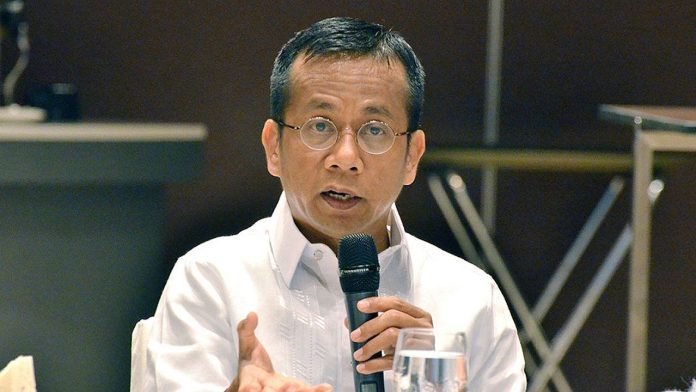The Philippine economy stepped into the ring this quarter—and immediately took a heavy blow. GDP growth slumped to 4%, its weakest showing since the dark days of early 2021 lockdowns, as a one-two punch of typhoon devastation and a spending freeze triggered by the flood control corruption scandal dragged activity far below expectations. The fall from last quarter’s 5.5% growth, and even further from the 5.2% market consensus, sent a clear message: momentum has fizzled, and the country is reeling.
Economic Planning Secretary Arsenio Balisacan didn’t sugarcoat the situation. With the nine-month average stuck at 5%, the administration’s 5.5–6.5% goal is now mathematically out of reach—Q4 would need to hit an improbable 6.8% just to meet the low end. He warned that while the economy remains on its feet, the third-quarter crash underscores structural vulnerabilities and the urgent need to “strengthen foundations” if the Philippines hopes to avoid a prolonged slowdown. Analysts echoed the concern, saying the slump exposed not just disaster impacts but weak institutions, swelling debts, and persistent trade and budget deficits.
The biggest drag came from where it hurts most: government infrastructure spending collapsed by 26.2%, its worst dive in more than a decade as the flood control scandal froze fund releases and paralyzed agencies. Balisacan said GDP could have been 0.7 points higher if the government had simply managed zero growth. Household consumption—long the country’s main engine—also sputtered to just 4.1%, its weakest since 2021, as successive typhoons shut down classes, work, travel, and supply chains across Luzon and Visayas.
While services led with a modest 5.5% and agriculture posted a respectable 2.8%, the industry sector barely moved at 0.7%. Global analysts are now trimming expectations, with Capital Economics cutting its full-year forecast to 5%. They noted that stable inflation and looser monetary policy may help demand recover in 2026—but warned that risks remain “firmly to the downside” as the country contends with scandal fallout, fiscal tightening, and climate-driven disruptions.
Image from OFFICIALGAZETTE.GOV.PH

